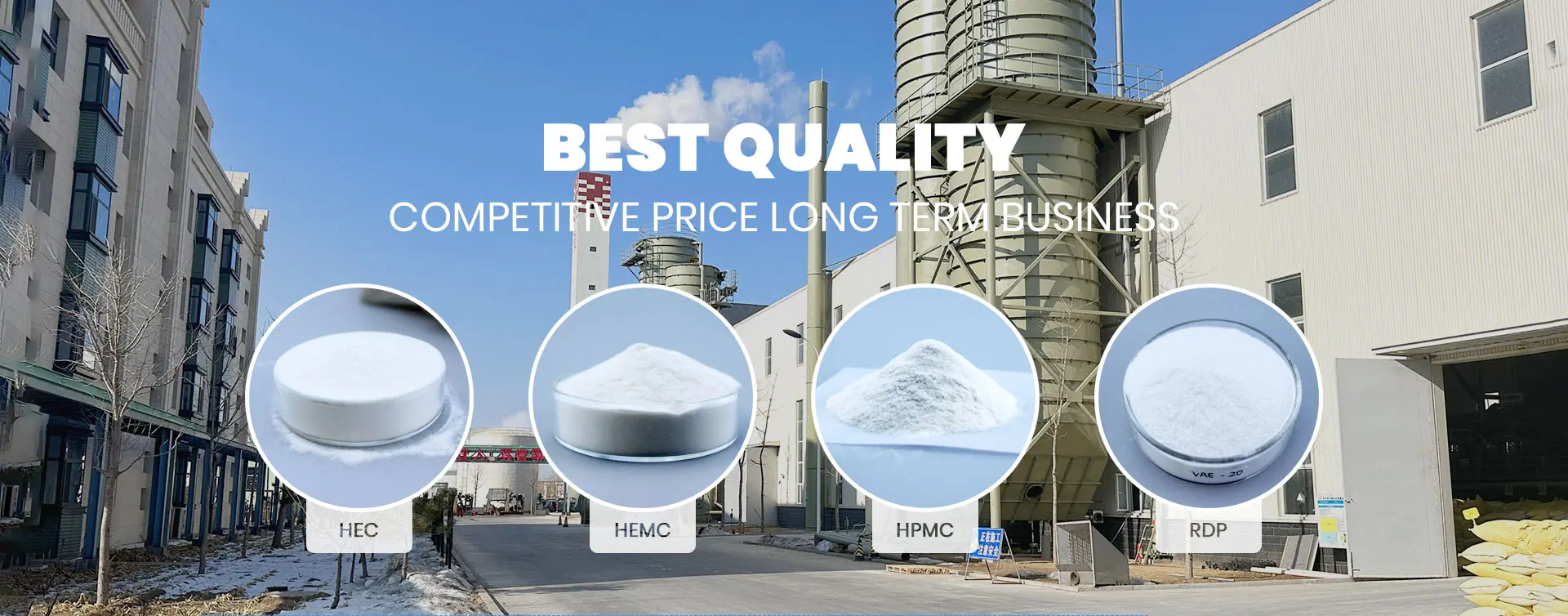
Ліст . 21, 2024 18:38 Back to list
hpmc
Understanding HPMC A Versatile Polymer in Modern Applications
Hydroxypropyl Methylcellulose (HPMC) is a cellulose ether that has gained considerable attention in various industries such as pharmaceuticals, food, construction, cosmetics, and more. It is a synthesized polymer derived from natural cellulose, making it a significant player in both the scientific and commercial sectors. This article explores the properties, uses, and importance of HPMC, shedding light on why it is a staple ingredient in many formulations.
Properties of HPMC
HPMC is a water-soluble polymer known for its ability to form gels and films. Its chemical structure includes hydroxyl and methoxy groups, which allow it to interact with water and other substances effectively. One of the most notable characteristics of HPMC is its viscosity, which can be adjusted depending on the degree of substitution of the methyl and hydroxypropyl groups. This makes HPMC a highly versatile compound, with varying grades available for different applications.
The polymer is stable under a wide range of pH conditions, making it suitable for use in diverse environments. It is also non-toxic, biodegradable, and compatible with various ingredients, which is why it is favored in sensitive applications, such as food and pharmaceuticals. Additionally, HPMC exhibits good film-forming properties and can serve as a stabilizer or thickener in various formulations.
Applications of HPMC
1. Pharmaceuticals
In the pharmaceutical industry, HPMC is commonly used as a binder in tablet formulations, enhancing the release profiles of active ingredients. Its ability to swell and form gels is beneficial for creating matrices for controlled-release medications. Additionally, HPMC is utilized in ophthalmic preparations, providing lubrication and ensuring the stability of eye drops. Its non-toxic nature and compatibility with many active pharmaceutical ingredients make it a crucial component in the drug formulation process.
2. Food Industry
hpmc

In food technology, HPMC serves multiple roles, including as a thickening agent, emulsifier, and stabilizer. It is often used in gluten-free products to improve texture and moisture retention. HPMC allows for a pleasant mouthfeel in various food items and helps maintain the consistency of sauces and dressings. Its ability to form gels at low concentrations makes it an ideal choice for foams and emulsions in culinary applications.
3. Construction
HPMC is also widely used in construction materials, particularly in the formulation of mortars, adhesives, and tile grouts. It enhances workability and adhesion, making the application process easier for builders and workers. As a water-retention agent, HPMC helps prevent the rapid drying of cement and plaster, contributing to better performance and durability of building materials.
4
. CosmeticsIn the cosmetic industry, HPMC is utilized as a thickening agent, providing a desirable texture to products such as lotions, creams, and gels. Its film-forming capacity is beneficial in formulating long-lasting products, such as hair styling gels and sunscreens. Moreover, HPMC's ability to retain moisture ensures skin hydration, making it a popular choice in many skincare formulations.
Conclusion
Hydroxypropyl Methylcellulose is a remarkable material with a wide range of applications across various industries. Its unique properties, such as water solubility, gel formation, and viscosity adjustment, offer solutions to numerous challenges in formulation design. As industries constantly evolve and demand more efficient and effective ingredients, HPMC continues to prove its significance.
With ongoing research and development, the properties and potential applications of HPMC are likely to expand, solidifying its role as a critical compound in modern science and manufacturing. Its versatility and performance characteristics make HPMC not only a valuable ingredient in individual formulations but also an essential component of innovation in various fields. Whether in pharmaceuticals, food, construction, or cosmetics, the importance of HPMC cannot be overstated, showcasing the power of chemistry in improving everyday products and lives.
-
Versatile Hpmc Uses in Different Industries
NewsJun.19,2025
-
Redispersible Powder's Role in Enhancing Durability of Construction Products
NewsJun.19,2025
-
Hydroxyethyl Cellulose Applications Driving Green Industrial Processes
NewsJun.19,2025
-
Exploring Different Redispersible Polymer Powder
NewsJun.19,2025
-
Choosing the Right Mortar Bonding Agent
NewsJun.19,2025
-
Applications and Significance of China Hpmc in Modern Industries
NewsJun.19,2025







